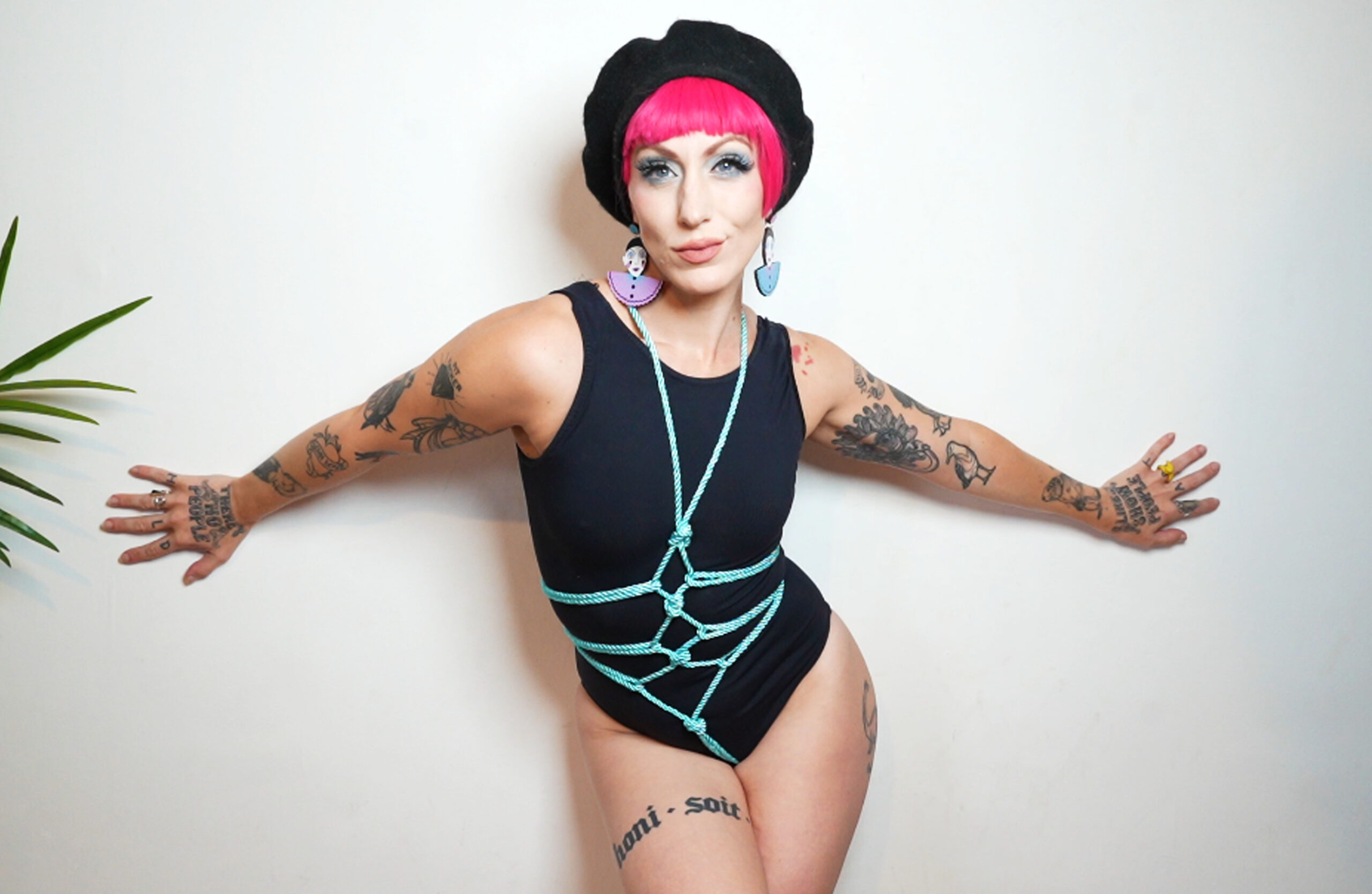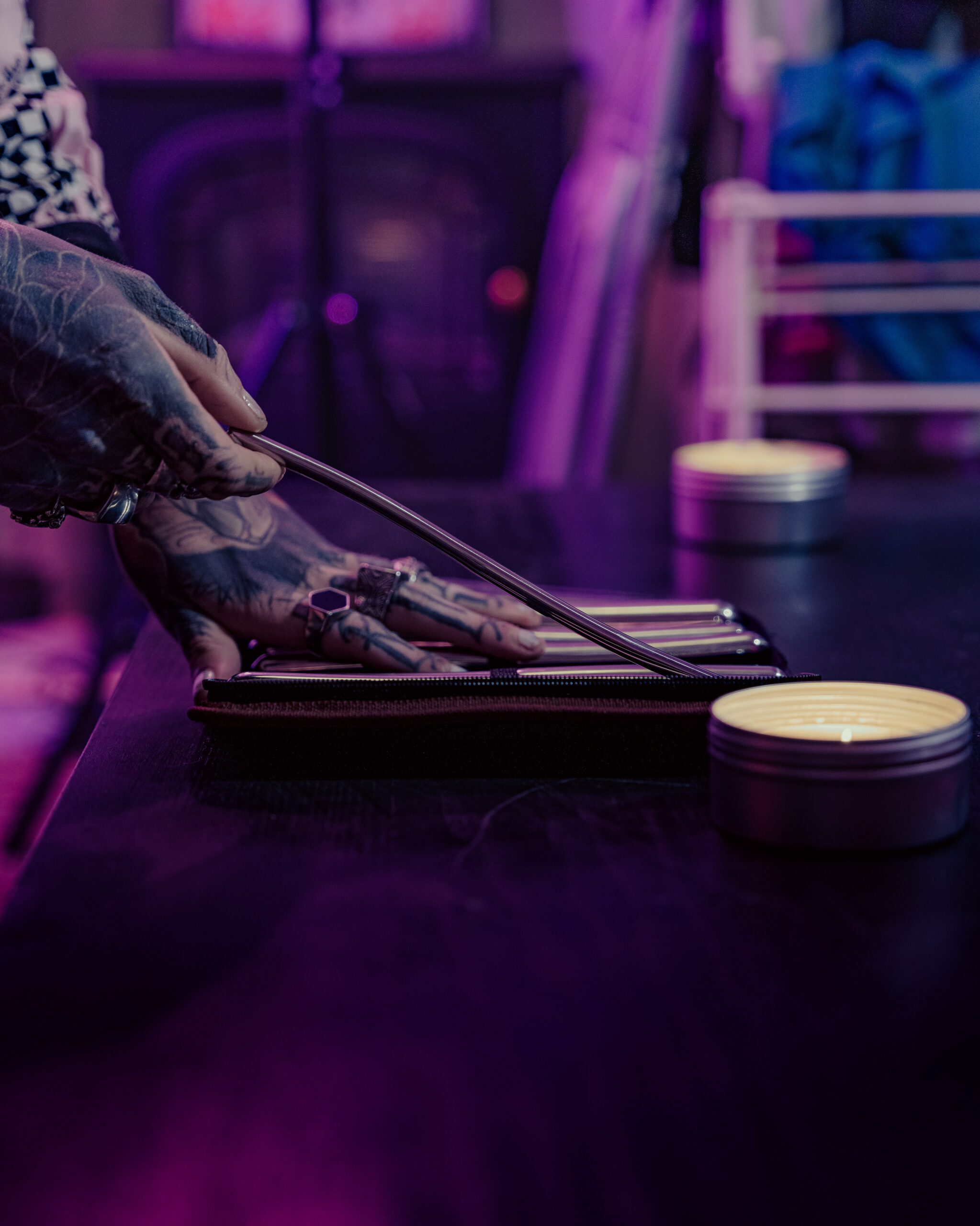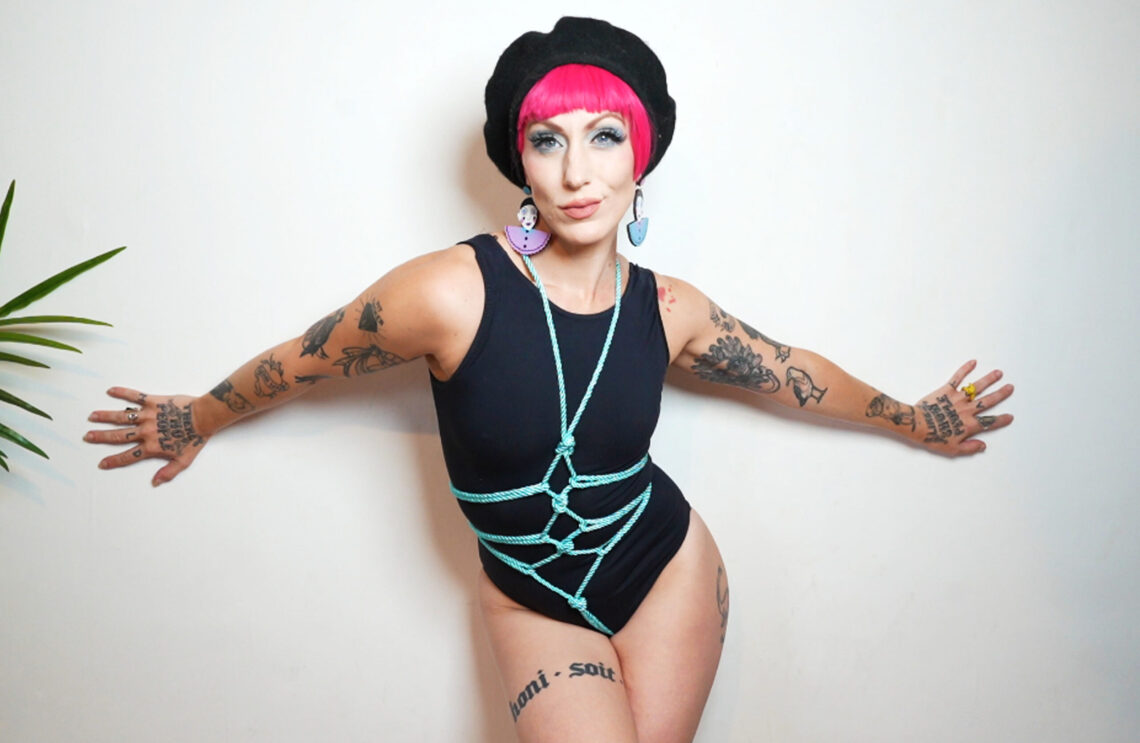Understanding Demigender Identity
Demigender identities encompass a diverse spectrum of experiences where individuals partially identify with one gender, while also feeling disconnected from the traditional binary of male and female. Understanding these nuanced expressions of gender is crucial for fostering inclusivity and creating a more accepting society for all.
Defining Demigender
Demigender identities encompass a diverse spectrum of experiences where individuals partially identify with one gender, while also feeling disconnected from the traditional binary of male and female. For example, someone might identify as demi-boy, meaning they partially identify as male but don’t fully align with all aspects of masculinity. Similarly, demi-girl describes an individual who partially identifies as female but doesn’t feel entirely comfortable within the traditional feminine role.
These identities exist on a spectrum, and individuals may experience their demigender identity in different ways. Some people might fluctuate between feeling strongly connected to one gender and feeling more disconnected at other times. Others might consistently identify as demigender but with varying degrees of intensity.
It’s important to remember that demigender is a valid and meaningful gender identity, just like any other. Respecting individuals’ self-identified genders, including those who identify as demigender, is essential for creating a society where everyone feels seen, heard, and accepted.
Spectrum of Demigender Experiences
Demigender identities encompass a diverse spectrum of experiences where individuals partially identify with one gender while also feeling disconnected from the traditional binary of male and female. For example, someone might identify as demi-boy, meaning they partially identify as male but don’t fully align with all aspects of masculinity. Similarly, demi-girl describes an individual who partially identifies as female but doesn’t feel entirely comfortable within the traditional feminine role.
These identities exist on a spectrum, and individuals may experience their demigender identity in different ways. Some people might fluctuate between feeling strongly connected to one gender and feeling more disconnected at other times. Others might consistently identify as demigender but with varying degrees of intensity. Understanding these nuances is crucial for fostering inclusivity and creating a society where everyone feels comfortable expressing their true selves.
It’s important to remember that demigender is a valid and meaningful gender identity, just like any other. Respecting individuals’ self-identified genders, including those who identify as demigender, is essential for creating a society where everyone feels seen, heard, and accepted.
Social Perception and Acceptance
Demigender identities represent a significant aspect of the evolving understanding of gender in today’s society. Individuals identifying as demigender partially align with one gender while feeling disconnected from the traditional binary of male and female.
Visibility and Representation
Visibility and representation of diverse gender identities, including demigender experiences, are crucial for fostering social acceptance. When individuals can see themselves reflected in media, culture, and society at large, it validates their identities and helps break down societal stigma. Increased representation allows demigender people to feel seen, understood, and accepted, leading to improved mental health and overall well-being.
Access to accurate information about demigender identities is also essential for promoting understanding and acceptance. Educating ourselves and others about the nuances of these identities helps dispel misconceptions and encourages empathy.
Creating inclusive spaces where individuals feel safe to express their gender identity without fear of judgment is paramount. This includes using respectful language, actively listening to demigender people’s experiences, and challenging harmful stereotypes or assumptions.
Challenges Faced by Demigender Individuals
Demigender identities encompass a diverse spectrum of experiences where individuals partially identify with one gender while feeling disconnected from the traditional binary of male and female. For example, someone might identify as demi-boy, meaning they partially identify as male but don’t fully align with all aspects of masculinity. Similarly, demi-girl describes an individual who partially identifies as female but doesn’t feel entirely comfortable within the traditional feminine role.
These identities exist on a spectrum, and individuals may experience their demigender identity in different ways. Some people might fluctuate between feeling strongly connected to one gender and feeling more disconnected at other times. Others might consistently identify as demigender but with varying degrees of intensity. Understanding these nuances is crucial for fostering inclusivity and creating a society where everyone feels comfortable expressing their true selves.
Challenges faced by demigender individuals often stem from societal misconceptions about gender and a lack of understanding or acceptance. Misgendering, where someone is referred to using pronouns that don’t align with their gender identity, can be deeply distressing and invalidating.
Additionally, pressure to conform to traditional gender roles and expectations can create internal conflict for demigender individuals who don’t fully resonate with these norms. This can lead to feelings of isolation, anxiety, and depression.
Furthermore, a lack of visibility and representation in media, culture, and institutions can make it difficult for demigender individuals to find community and feel seen.
Support Systems and Resources
Demigender identities encompass a diverse spectrum of experiences where individuals partially identify with one gender while feeling disconnected from the traditional binary of male and female. For example, someone might identify as demi-boy, meaning they partially identify as male but don’t fully align with all aspects of masculinity. Similarly, demi-girl describes an individual who partially identifies as female but doesn’t feel entirely comfortable within the traditional feminine role.
These identities exist on a spectrum, and individuals may experience their demigender identity in different ways. Some people might fluctuate between feeling strongly connected to one gender and feeling more disconnected at other times. Others might consistently identify as demigender but with varying degrees of intensity. Understanding these nuances is crucial for fostering inclusivity and creating a society where everyone feels comfortable expressing their true selves.

Demigender individuals, like all people, seek acceptance, support, and connection. Strong social support systems can be instrumental in helping demigender individuals navigate the challenges they may face. This includes having access to supportive family and friends who understand and respect their gender identity.
Joining communities of other demigender or non-binary individuals can provide a sense of belonging, shared experiences, and valuable resources. Online forums, support groups, and social media communities can offer safe spaces for connection and dialogue.
Professional support from therapists or counselors who specialize in gender identity issues can be incredibly beneficial. They can provide guidance, coping mechanisms, and a safe space to explore and process one’s gender identity.
Living as a Demigender Person
Demigender identities represent a significant aspect of the evolving understanding of gender in today’s society. Individuals identifying as demigender partially align with one gender while feeling disconnected from the traditional binary of male and female.
Self-Discovery and Exploration
Demigender identities encompass a diverse spectrum of experiences where individuals partially identify with one gender while feeling disconnected from the traditional binary of male and female. For example, someone might identify as demi-boy, meaning they partially identify as male but don’t fully align with all aspects of masculinity. Similarly, demi-girl describes an individual who partially identifies as female but doesn’t feel entirely comfortable within the traditional feminine role.
These identities exist on a spectrum, and individuals may experience their demigender identity in different ways. Some people might fluctuate between feeling strongly connected to one gender and feeling more disconnected at other times. Others might consistently identify as demigender but with varying degrees of intensity. Understanding these nuances is crucial for fostering inclusivity and creating a society where everyone feels comfortable expressing their true selves.
Living as a demigender person often involves a journey of self-discovery and exploration. It can require patience, introspection, and a willingness to challenge societal norms. Some individuals might come to terms with their demigender identity relatively early in life, while others may take longer to understand and embrace it.
For many, the process begins with questioning traditional gender roles and realizing that they don’t fully resonate with the binary categories of male or female. This can lead to a period of exploration and experimentation, trying out different pronouns, clothing styles, and social expressions to find what feels most authentic.
It’s important to note that there is no right or wrong way to be demigender. Each individual’s experience is unique, and realistic dildos their journey of self-discovery should be respected and honored.
Expression and Identity Affirmation
Demigender identities encompass a diverse spectrum of experiences where individuals partially identify with one gender while feeling disconnected from the traditional binary of male and female. For example, someone might identify as demi-boy, meaning they partially identify as male but don’t fully align with all aspects of masculinity. Similarly, demi-girl describes an individual who partially identifies as female but doesn’t feel entirely comfortable within the traditional feminine role.
These identities exist on a spectrum, and individuals may experience their demigender identity in different ways. Some people might fluctuate between feeling strongly connected to one gender and feeling more disconnected at other times. Others might consistently identify as demigender but with varying degrees of intensity. Understanding these nuances is crucial for fostering inclusivity and creating a society where everyone feels comfortable expressing their true selves.
Expression and identity affirmation are essential for demigender individuals to feel authentic and validated. This can involve various aspects, such as using chosen names and pronouns that align with their gender identity, exploring clothing styles and expressions that resonate with them, and engaging in social interactions that feel comfortable and genuine.
Creating a supportive environment where demigender people feel safe to express themselves authentically is crucial. This includes using respectful language, actively listening to their experiences, and challenging harmful stereotypes or assumptions. It also means celebrating their diversity and recognizing the validity of their identities.
Navigating Gendered Spaces
Demigender identities encompass a diverse spectrum of experiences where individuals partially identify with one gender while feeling disconnected from the traditional binary of male and female. For example, someone might identify as demi-boy, meaning they partially identify as male but don’t fully align with all aspects of masculinity. Similarly, demi-girl describes an individual who partially identifies as female but doesn’t feel entirely comfortable within the traditional feminine role.
These identities exist on a spectrum, and individuals may experience their demigender identity in different ways. Some people might fluctuate between feeling strongly connected to one gender and feeling more disconnected at other times. Others might consistently identify as demigender but with varying degrees of intensity. Understanding these nuances is crucial for fostering inclusivity and creating a society where everyone feels comfortable expressing their true selves.
Living as a demigender person often involves navigating gendered spaces in unique ways. These spaces can range from social settings to workplaces, schools, and even restrooms. Depending on how strongly someone identifies with one gender or the other, they might choose to present themselves in a way that aligns with that identification, or they might choose to express their demigender identity through a more fluid presentation.
It’s important to remember that there is no right or wrong way for a demigender person to navigate these spaces. Some individuals might feel comfortable using the gendered facilities that align with their strongest identification, while others might prefer gender-neutral options or find themselves feeling uncomfortable in any traditionally gendered space.
Ultimately, what matters most is respecting individual choices and creating environments where everyone feels safe and accepted.
The Future of Demigender Identity
Demigender identities are gaining increasing recognition as part of the evolving understanding of gender. These identities encompass a wide spectrum of experiences where individuals partially identify with one gender while feeling disconnected from the traditional binary of male and female. Understanding these nuances is crucial for fostering inclusivity and creating a society where everyone feels comfortable expressing their true selves.
Evolving Definitions and Understanding
Demigender identities encompass a diverse spectrum of experiences where individuals partially identify with one gender while feeling disconnected from the traditional binary of male and female.
- Some common demigender identities include demi-boy, demi-girl, and partial-gender.
- These identities exist on a spectrum, and individuals may experience their demigender identity in different ways.
- Some people might fluctuate between feeling strongly connected to one gender and feeling more disconnected at other times.
- Others might consistently identify as demigender but with varying degrees of intensity.
Understanding these nuances is crucial for fostering inclusivity and creating a society where everyone feels comfortable expressing their true selves.
Advocacy and Social Progress
Demigender identities represent a significant step forward in our understanding of gender diversity. They encompass a spectrum of experiences where individuals partially identify with one gender while feeling disconnected from the traditional binary of male and female. This means demigender people may feel connected to aspects of a particular gender but not fully align with all its societal expectations or expressions.
For instance, someone identifying as demi-boy might feel a partial connection to masculinity but not fully resonate with all masculine traits or roles. Similarly, a demi-girl might identify partially as female but not feel entirely comfortable within traditional feminine norms. It’s essential to remember that demigender identities are individual and unique, existing on a spectrum with no one “right” way to experience or express them.
The future of demigender identity, advocacy, and social progress depends on several key factors:

* **Continued Visibility and Representation:** Seeing demigender individuals reflected in media, culture, and everyday life is crucial for normalizing these identities and fostering acceptance.
* **Education and Understanding:** Providing accessible information about demigender experiences helps break down misconceptions and encourages empathy.
* **Inclusive Spaces:** Creating safe and supportive environments where demigender individuals feel comfortable expressing themselves authentically is essential for their well-being and sense of belonging. This includes using respectful language, actively listening to their perspectives, and challenging harmful stereotypes.

Advocacy efforts will also play a vital role in securing equal rights and opportunities for demigender people. This can involve:
* **Legal Protections:** Fighting for legislation that recognizes and protects demigender individuals from discrimination in areas like employment, housing, and healthcare.
* **Access to Resources:** Providing access to mental health services, support groups, and other resources that cater to the specific needs of demigender communities.
As society continues to evolve its understanding of gender, embracing demigender identities as valid and meaningful is crucial for creating a more inclusive and equitable world for all.
- Downturned Smile Treatment Near Ham, Surrey - September 23, 2025
- Dermal Fillers For Facial Proportion In Warlingham, Surrey - September 21, 2025
- Chin Augmentation With Chin Filler Near Wallington, Surrey - September 18, 2025





